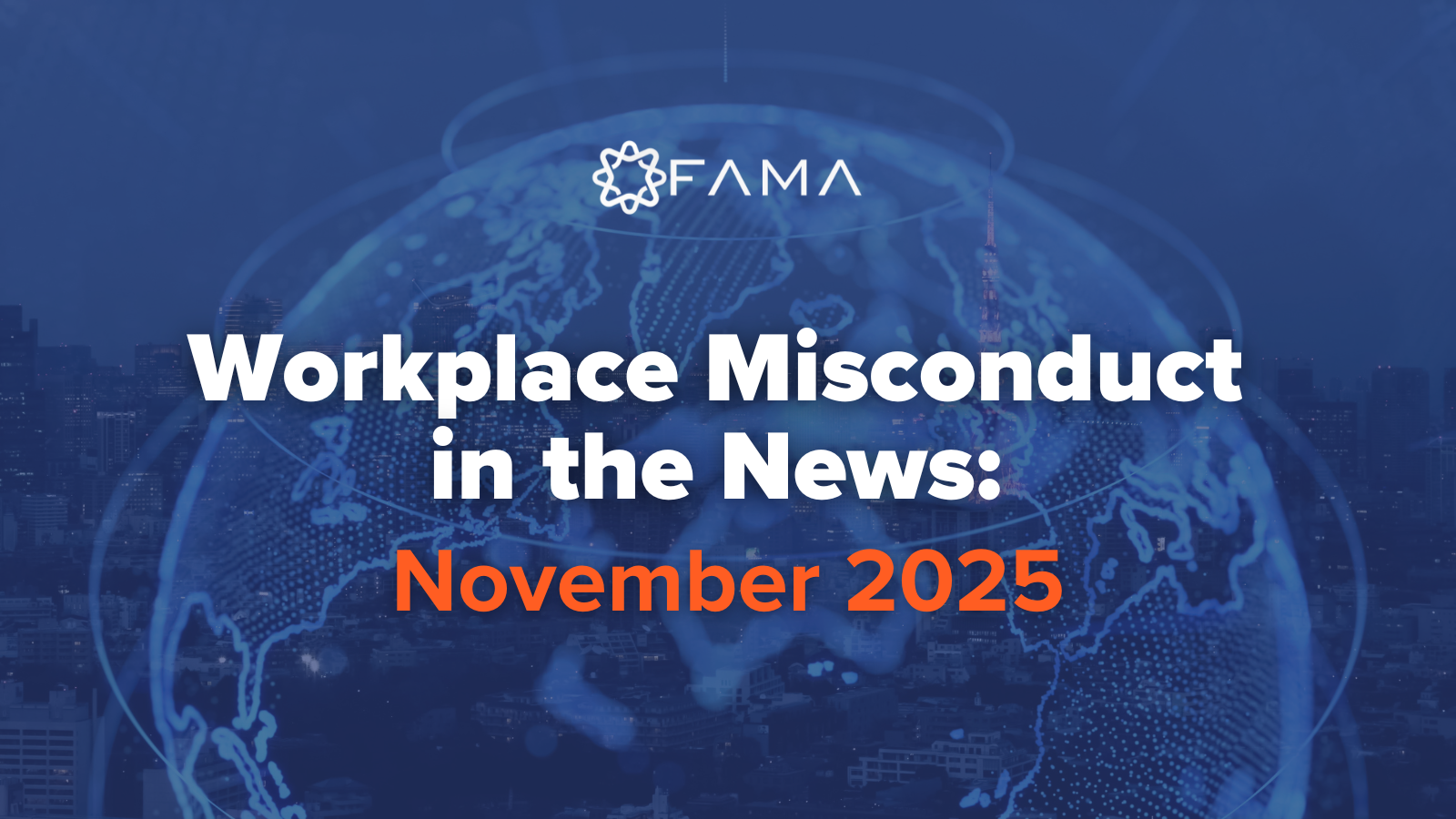Social Media and Law Enforcement: The Benefits and Drawbacks

Being a police officer is tough. Daily, officers risk their lives, work long hours, and face immense public scrutiny. While most officers adhere to high ethical standards and sacrifice personal comfort for public trust, a few bad apples have undermined this trust, creating challenges for law enforcement across the nation.
Recently, media coverage has highlighted the Plain View Project, which contains over 5,000 inflammatory social media posts from police officers in various departments across the U.S. For many distressed communities, this collection has validated suspicions about law enforcement, suggesting a lack of trustworthiness. While the project reveals concerning behaviors that departments should address, it also tarnishes the reputations of many dedicated officers committed to public safety.
What can police departments do to regain trust? Although there's no quick fix, one effective step is identifying inflammatory and toxic behaviors before they enter the department. Just a few bad cops can cast doubt on all officers' ethics; thus, detecting even minor risky indicators online can help mitigate the widespread accusations facing police departments today. The Plain View Project shows that only 0.1% of sworn officers displayed inflammatory content, yet that small fraction sparked significant outrage. It's often a few individuals causing most problems, so identifying them can significantly improve the situation.
While social media isn’t always a definitive measure of toxicity, it’s often a valuable starting point. Many officers who post inflammatory comments do so openly. Some posts may reflect fleeting lapses in judgment, while others could indicate genuine risks of inappropriate behavior on duty. Regardless of intent, many officers mistakenly believe they’re expressing their constitutional rights, leading to potentially damaging comments being publicly displayed.
Today, officers live in a world where their data, including social media activity, is visible to the public. Building public trust amid recent events is challenging, but leveraging online platforms can help detect future risks and prevent toxic behaviors.
Here are three things you can do right now to protect your department:
- Learn how to maintain full FCRA and EEOC compliance while screening publicly available online content.
- Discover how manual screening can create major setbacks and the benefits of automated screening.
- Talk to a risk management specialist about how Fama checks can help mitigate brand and personnel risk and provide peace of mind.
Fama is an AI-based solution that screens publicly available online content for behaviors such as bigotry, harassment, and threats. Want to learn more? See our industry benchmarks, explore our toxic employee handbook, or talk to a risk management specialist today.





.jpg)


